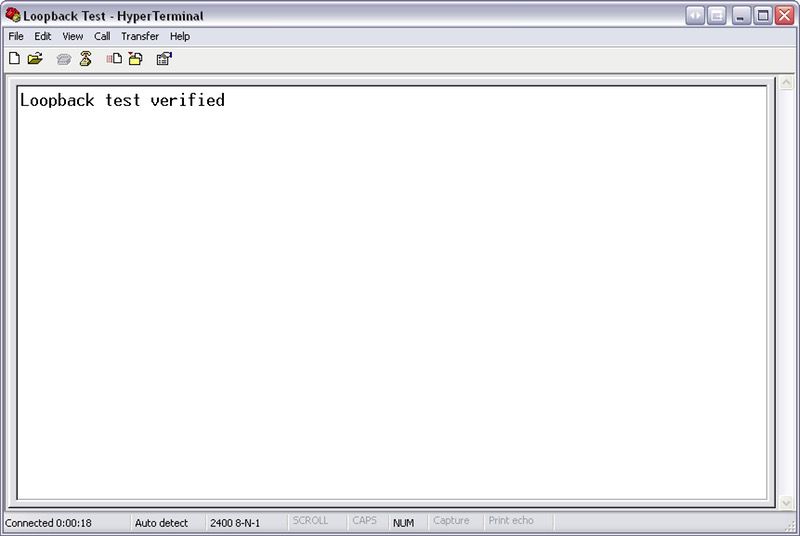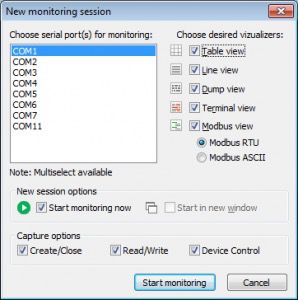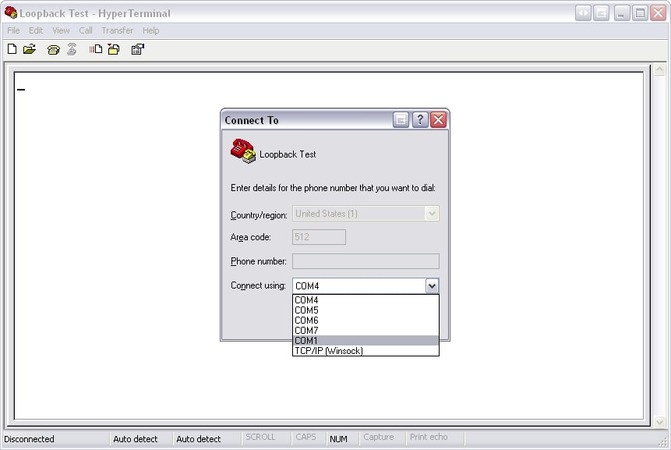

What am I missing here? I appreciate any help I can get. Possibly replace the transceiver chip with a socket and a new transceiver chip.Bust out my USB logic analyzer and see if I can see the signals coming from the laptop and look at the loop back signal.I'm not sure what to try next, but here are the things I'm considering: Nothing has changed with the loopback test and I still can't upload a program. I cleaned the contacts of the boards and the slots on the Fadal with contact cleaner to no avail. They recommended cleaning contacts and trying again. They tested the boards and said that they didn't work at first, but after cleaning some contacts, they worked just fine.I sent those in, along with the cable that goes from the 1030-1B to the side of the control box (RS-485? connector is included in that cable). They recommended I send my 1400-2A boards in so that they could test all three together. I did and they were within a few percent of nominal. They recommended checking the power supplies +12V, 5V, and -12V rails. They said they tested it and did not find a problem. Another possibility is that I did the test correctly but I'm interpreting it wrong and the real problem lies between the machine and FadalNC. (See video here: Fadal failing RS232 Loopback test? - YouTube) My interpretation of the loopback test is that it has failed. I did the loopback test with my loopback connector and by shorting pins 2 and 3.For a long time with FadalNC, the auto baudrate detection hasn't worked.


RS 422 and RS 485 use a pair of differential signals for transmit-data and another pair for receive-data. RS 422 serial connections were used on Apple® computers prior to the adoption of the Universal Serial Bus (USB). The Data Terminal Ready (DTR) line should also be wired to the Data Set Ready (DSR) line. For example, the Clear To Send (CTS) line can be wired to the Request To Send (RTS) line. A more thorough test can be performed by adding a few hardware handshaking signals to the connection. The simplest form of a Recommended Standard (RS) 232 serial loopback test can be done this way using a standard serial connector. The loopback device can be as simple as a wire routing the transmit-data line to the receive-data line.


 0 kommentar(er)
0 kommentar(er)
